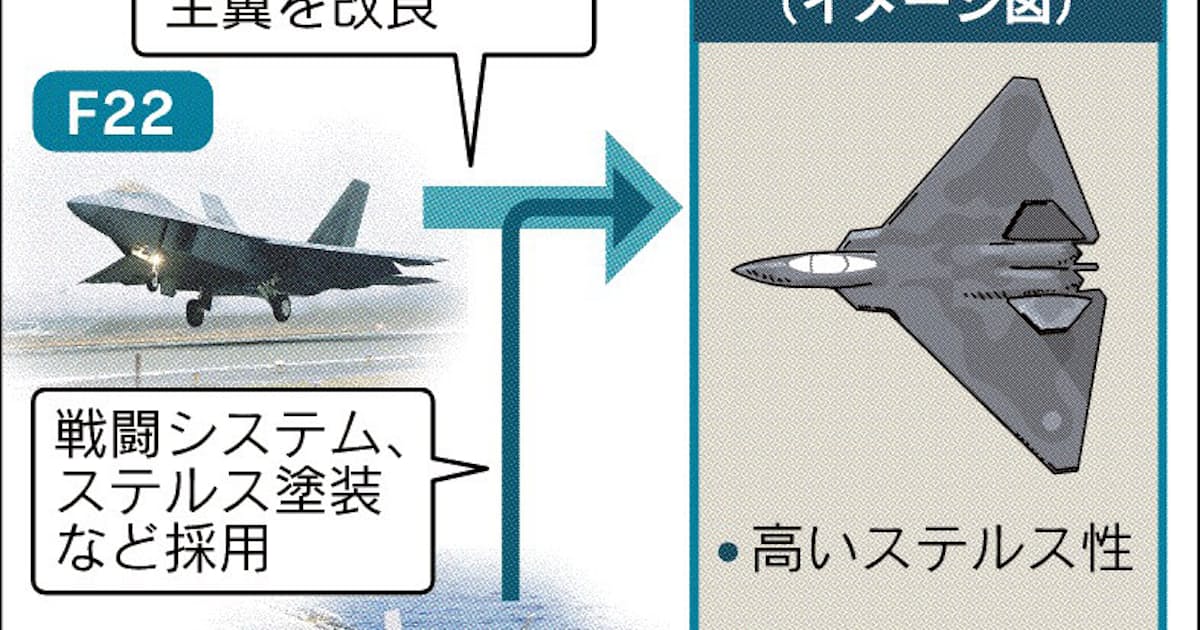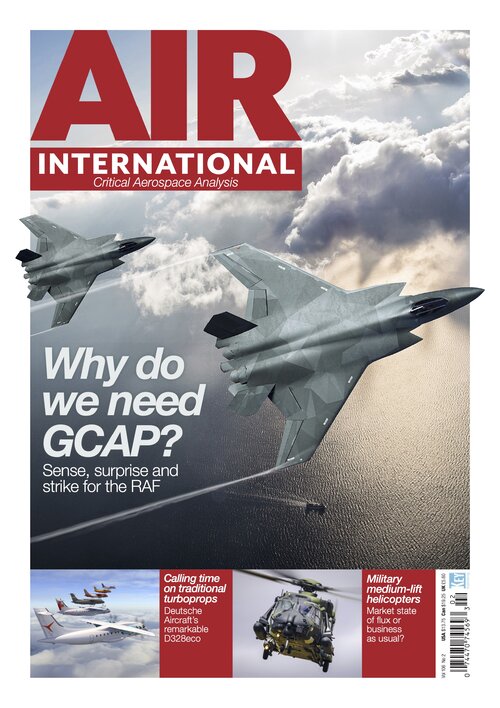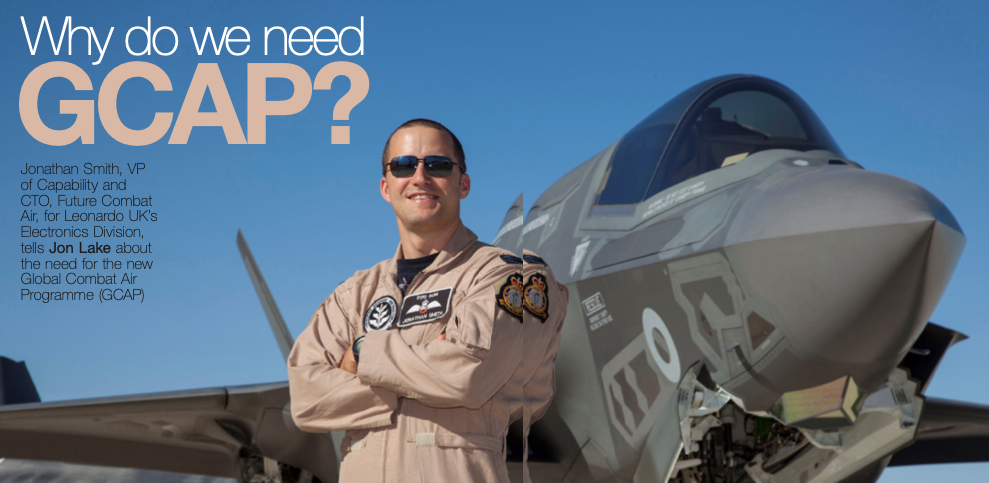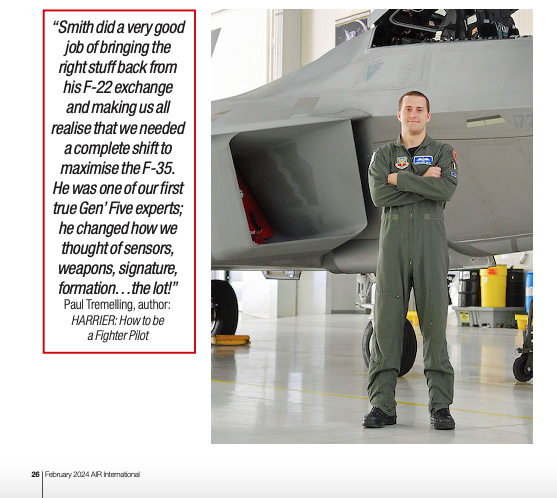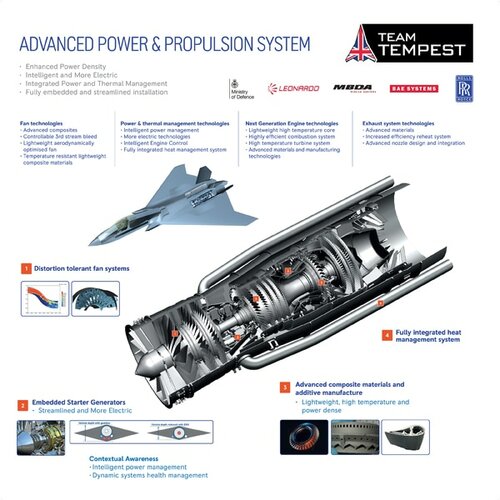Italian forces need the long range of GCAP. Today, you can only protect Italy by pushing their airspace as far as the Mediterranean sea extends. This is where you have complete communality with Japan (think ADIZ).
Interestingly this should help the Italian navy to restructure their force (and probably make some savings) as their Navy is mainly structured for the Med (any need for an aircraft carrier is completely different from that of the UK or France - nothing new here).
Interestingly this should help the Italian navy to restructure their force (and probably make some savings) as their Navy is mainly structured for the Med (any need for an aircraft carrier is completely different from that of the UK or France - nothing new here).

